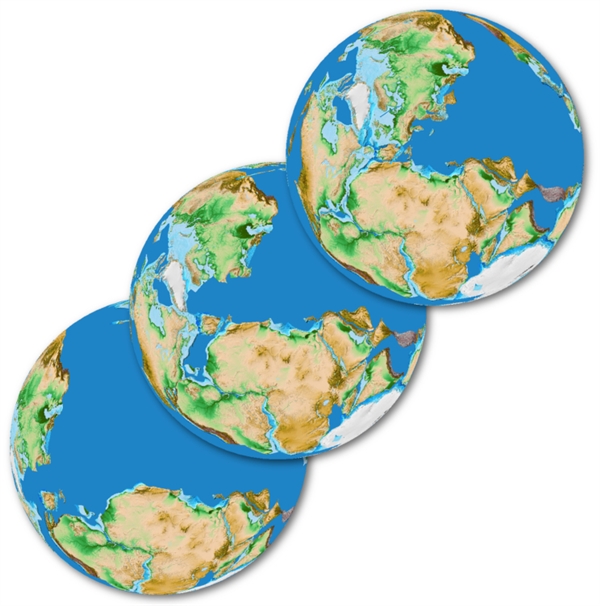The eastern Mediterranean Sea contains the world’s oldest oceanic crust still in place at the bottom of the sea, according to a paper published today online in Nature Geoscience by a Ben-Gurion University of the Negev researcher.
Geologists have found that most oceanic crust is less than 200 million years old but Dr. Roi Granot, a member of the Department of Geological and Environmental Sciences at BGU, says the crust in the Herodotus Basin, the deepest part of the SE Mediterranean Sea, could be as much as 340 million years old.

Granot used magnetic data to analyze the structure of the crust in the Herodotus Basin, and writes in his research paper that the rocks are characterized by magnetic stripes — the hallmark of oceanic crust formed at a mid-ocean ridge.
As magma at a mid-ocean ridge axis cools, magnetic minerals in the newly forming rocks align with the direction of Earth’s magnetic field. Changes in the magnetic field’s orientation over time are recorded in the ocean floors, creating a unique barcode that provides a time stamp for crust formation.
Granot used this principle to identify skewed patterns in the magnetic stripes and thus date the oceanic crust in the Herodotus Basin.
He suggests that the crust might be a remnant of the ancient Tethys Ocean, which existed long before the Atlantic and Indian Oceans. If correct, this implies the ocean formed much earlier than previously thought.
Fighting for Israel's truth
We cover what makes life in Israel so special — it's people. A non-profit organization, ISRAEL21c's team of journalists are committed to telling stories that humanize Israelis and show their positive impact on our world. You can bring these stories to life by making a donation of $6/month.








